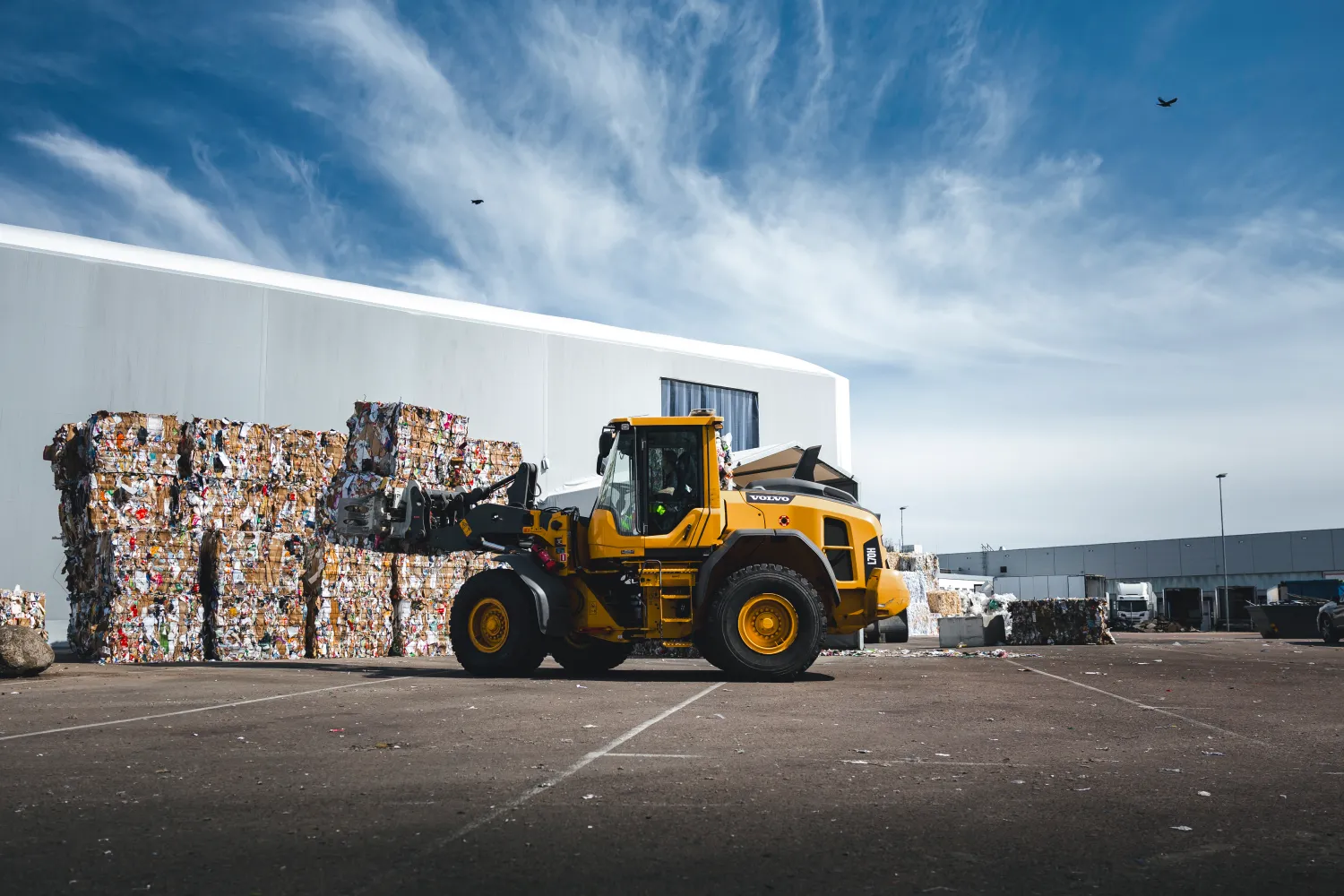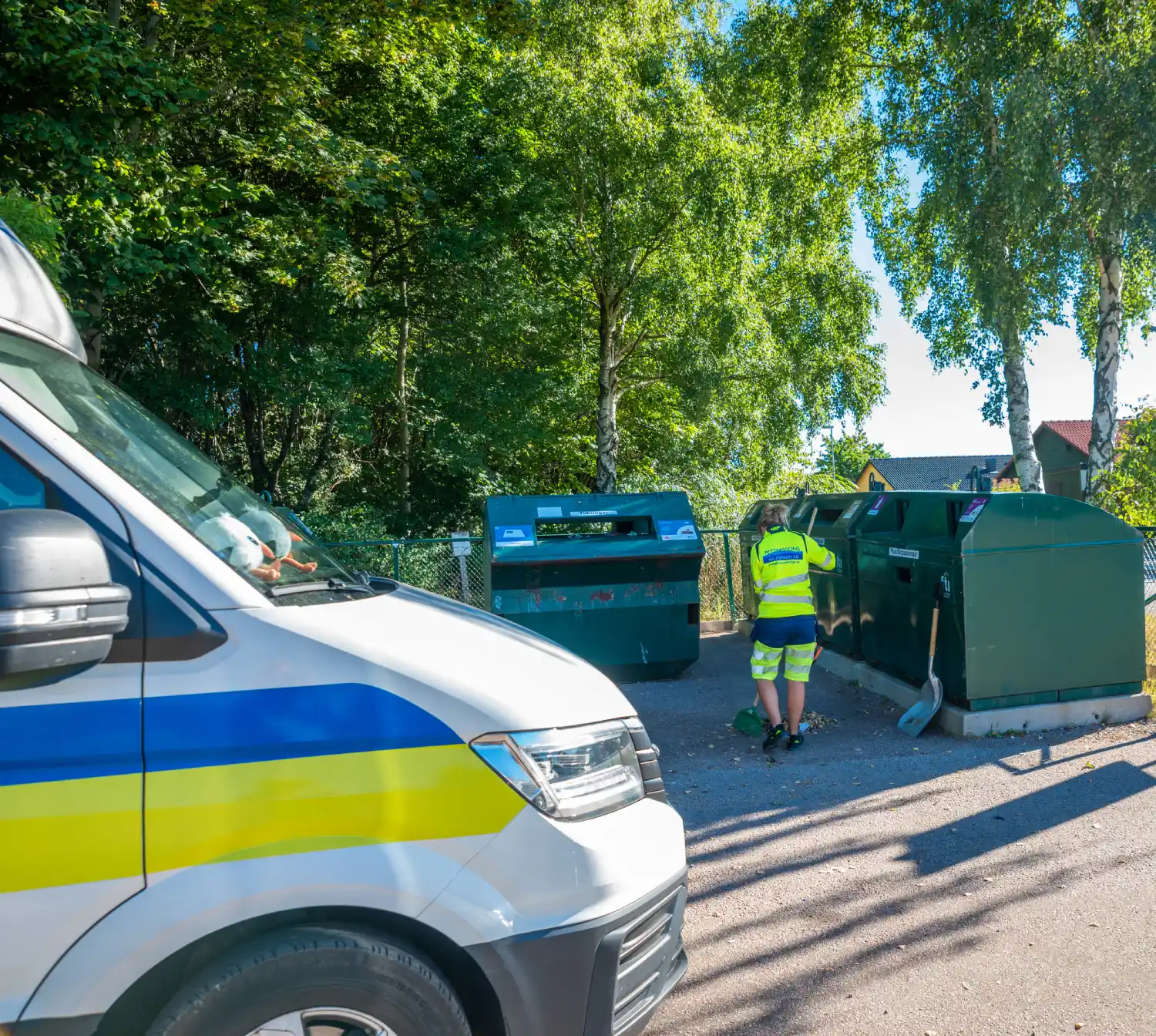Keeping Municipal Recycling Practices Sustainable and Robust
Keeping Municipal Recycling Practices Sustainable and Robust
Blog Article
Recycling in a world filled up with diverse appearance products presents equally opportunities and challenges. Nowadays, people and businesses alike demand more sustainable methods while governments slowly implement stricter regulations for spend management. But, the difficulty of handling various presentation materials suggests approaching unique recycling requirements for each type. This short article takes a deeper look at the current traits, challenges, and solutions in creating efficient Recycling (Återvinning) programs for diverse presentation materials.
The Difficulty of Different Appearance Materials
Packaging materials have come a considerable ways from easy cardboard boxes. Today, they contain materials, glass, metal, paperboard, and multi-layered composites, among others. Every type comes with its unique pair of recycling requirements. Like:
Plastic: While plastic is lightweight and sturdy, its numerous forms (like PET, HDPE, LDPE, and PVC) usually involve split selection and handling methods. Mismanagement can cause contamination and inefficiencies in recycling streams.

Steel: Metal and jar cups stay highly recyclable, however, not without correct working to prevent contamination with non-recyclable metallic items.
Glass: Recycling glass demands segregation by color and particular facilities to prevent risks like fragmentation or contamination with ceramics.
Paperboard: Heavy, coated paperboard appearance is recyclable in many cases, however the major use of adhesives or laminates may restrict the process.
Multi-layer Presentation: This class presents the most substantial problem since it often mixes products impossible to separate your lives, such as for instance aluminum and plastic levels in treat packaging.
With the global economy providing around 350 million a great deal of plastic annually, and packaging accountable for almost 40% of its utilization, approaching that difficulty is critical to achieving higher recycling rates.
Limitations in Tailoring Recycling Systems
Among the biggest challenges in recycling programs is contamination, specially when varied products are disposed of together. For example, when food residue sticks to recycled pockets or broken glass mixes with paper, the efficiency of recycling processes falls significantly. Deficiencies in standardized labeling systems also confuses people and benefits in incorrect waste sorting.
Additionally, fragmented infrastructure plays a role in the issue. Some municipalities lack services to method complex components like multi-layer appearance or specific plastics, creating recycling impractical for these items.
Towards a Round Economy with Tailored Alternatives
Building an effective recycling process to take care of diverse appearance components involves development and collaboration. Governments, corporations, and consumers have to function in positioning:
Government Initiatives: Implementing Extended Company Obligation (EPR) policies may inspire makers to create appearance that is better to recycle.

Innovative Technologies: Substance recycling techniques, like depolymerization for pockets, may break down hard-to-recycle products for better healing rates.
Client Knowledge: Marketing clean recycling habits and obvious labeling may somewhat minimize contamination in recycling streams.
Investments in modernizing spend administration infrastructure will enjoy an essential role, along with continuous research in to biodegradable and used packaging solutions.
A Journey Forward
The range in packaging components can be a challenge, but inaddition it gift suggestions a chance to improve recycling systems and techniques. A variety of scientific advancements, regulatory measures, and consumer attention may push the change to a more sustainable, round economy. Approaching the unique recycling demands of diverse materials is no more a choice but essential to beat source depletion and defend the planet. By tackling these difficulties logically, international neighborhoods can assure long-term environmental viability.
Report this page